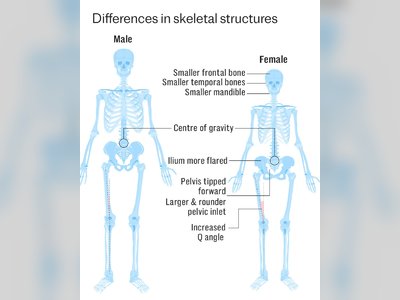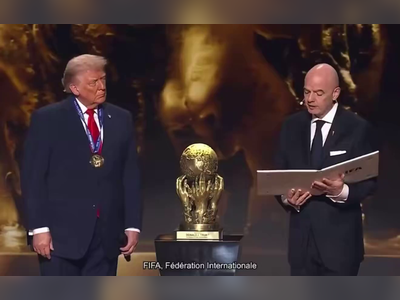Trump and Xi Seal ‘Historic’ Trade Truce with China Covering Fentanyl, Rare Earths and Soybeans
White House details accord reached in Busan that includes major Chinese commitments and U.S. tariff reductions
The United States and China have concluded a sweeping trade agreement following a meeting between President Donald Trump and President Xi Jinping in Busan, South Korea, which the White House described as a “massive victory” for American workers, farmers and national security.
Under the accord, China has committed to curbing the flow of fentanyl precursor chemicals to North America, pausing newly announced export restrictions on rare earths and critical materials like gallium and germanium, and buying at least 12 million metric tons of U.S. soybeans by the end of 2025—with the aim of 25 million tons annually through 2028. China will also lift retaliatory tariffs on U.S. agricultural goods, remove certain non-tariff measures targeting U.S. industries and resume trade from U.S. semiconductor operations in China.
In exchange, the United States will reduce tariffs on Chinese goods linked to fentanyl-related chemicals by ten percentage points, halve certain duties, extend tariff exclusions under Section 301 through November 2026 and pause enforcement of some export controls targeting affiliates of Chinese firms until late 2026. A portion of U.S. tariffs originally imposed on China will also be suspended or delayed under the terms.
The agreement addresses multiple flashpoints in trade and national-security policy.
Rare earth exports from China—which are vital to defence, electric vehicles and high-tech manufacturing—will now face fewer barriers, enabling U.S. industry access to critical materials.
The commitment to stem fentanyl precursor flows is a significant step in U.S. efforts to combat the opioid crisis.
Agricultural exports aim to reinvigorate American farm income and demonstrate tangible gains for U.S. constituencies.
While both governments hailed the deal, analysts note the pact functions more as a one-year truce than a full structural overhaul.
The agreement includes mechanisms for ongoing dialogue, but China retains room to recalibrate its commitments if its strategic interests shift.
Still, from the perspective of the Trump administration the outcome affirms its strategy of using tariffs and pressure to extract concessions and indicates U.S. readiness to link trade, security and industrial policy in a comprehensive approach.
With the accord coming into effect immediately and further implementation planned through late 2026, Washington and Beijing now enter a new phase of managed competition, where both supply-chains and geopolitical stakes are closely intertwined.
Under the accord, China has committed to curbing the flow of fentanyl precursor chemicals to North America, pausing newly announced export restrictions on rare earths and critical materials like gallium and germanium, and buying at least 12 million metric tons of U.S. soybeans by the end of 2025—with the aim of 25 million tons annually through 2028. China will also lift retaliatory tariffs on U.S. agricultural goods, remove certain non-tariff measures targeting U.S. industries and resume trade from U.S. semiconductor operations in China.
In exchange, the United States will reduce tariffs on Chinese goods linked to fentanyl-related chemicals by ten percentage points, halve certain duties, extend tariff exclusions under Section 301 through November 2026 and pause enforcement of some export controls targeting affiliates of Chinese firms until late 2026. A portion of U.S. tariffs originally imposed on China will also be suspended or delayed under the terms.
The agreement addresses multiple flashpoints in trade and national-security policy.
Rare earth exports from China—which are vital to defence, electric vehicles and high-tech manufacturing—will now face fewer barriers, enabling U.S. industry access to critical materials.
The commitment to stem fentanyl precursor flows is a significant step in U.S. efforts to combat the opioid crisis.
Agricultural exports aim to reinvigorate American farm income and demonstrate tangible gains for U.S. constituencies.
While both governments hailed the deal, analysts note the pact functions more as a one-year truce than a full structural overhaul.
The agreement includes mechanisms for ongoing dialogue, but China retains room to recalibrate its commitments if its strategic interests shift.
Still, from the perspective of the Trump administration the outcome affirms its strategy of using tariffs and pressure to extract concessions and indicates U.S. readiness to link trade, security and industrial policy in a comprehensive approach.
With the accord coming into effect immediately and further implementation planned through late 2026, Washington and Beijing now enter a new phase of managed competition, where both supply-chains and geopolitical stakes are closely intertwined.












